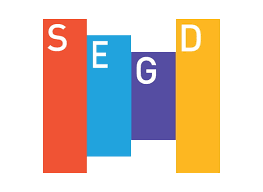ARCHIVE: Category Archive for: Others
Signs of Success: A Year in Review with MSA
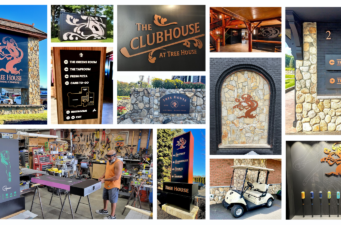
What a year! As we begin 2024, we want to extend our heartfelt gratitude. Your support and collaboration have made the past year our most successful yet! Looking back on 2023 fills us with gratitude. We’ve had the honor of completing a wide range of signage projects—from city landmarks to local businesses. Each sign represents our dedication to quality and client happiness. We’re incredibly thankful for the chance to have worked on such varied projects, knowing they’ve left a meaningful mark wherever they stand. Let’s take a step back and look at some of the projects from 2023 that caught our eye… A 360 Package: Tree House Brewing Company Working with Tree House Brewing Company in Tewksbury, MA
A Season for Gratitude: Thank you from MSA!

We hope that you had a fantastic Thanksgiving surrounded by warmth, love, and delicious food shared with family and friends. As the leaves have fallen and the air has grown crisper, we at Metro Sign & Awning are filled with gratitude for the opportunity to serve you as your premier signage partner. Although Thanksgiving has passed, our enthusiasm to express gratitude and embrace this season of thankfulness remains undiminished. Thank you for being an integral part of our community. Your confidence in us is both humbling and motivating. Wishing you a wonderful holiday season and a prosperous year ahead! Please join us as we kick off our newsletter and bring you a glimpse into the vibrant world of Metro Sign
Elevate Your Brand with Metro Sign & Awning
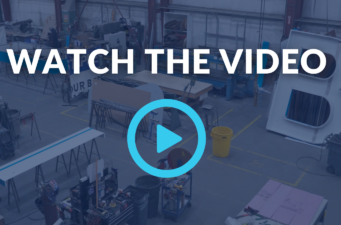
In the world of business, signage holds a vital role. It serves as more than just an identifier; it’s a powerful tool for branding, marketing, wayfinding, and enhancing the overall image of your business. However, the value of a sign goes beyond its physical presence. It embodies the essence of your business and can make a lasting impression on customers. That is why here at Metro Sign & Awning we consider ourselves a full-service commercial sign company that understands this value and specializes in taking your signage needs and your business to the next level. Metro Sign & Awning: Your Partner in Signage Excellence At Metro Sign & Awning we are not just another sign company; we are
MSA End of Summer 2023
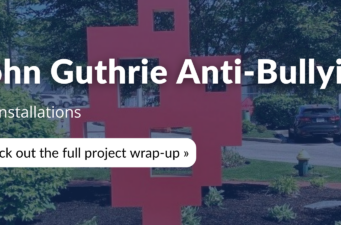
We’re very excited to bring you a glimpse into the vibrant world of Metro Sign and Awning! As your trusted source for top-notch signage solutions, we’re committed to keeping you in the loop with industry trends, our latest projects, and insider tips on making your brand shine. Thank you for choosing Metro Sign and Awning as your signage partner. We’re dedicated to helping you make a lasting impression, and this newsletter is just one way we’re delivering on that promise. Elevate Your Brand with Metro Sign & Awning Looking for a way to elevate your brand and make a lasting impression on your customers? Look no further than Metro Sign & Awning. Our team of experienced designers and fabricators will
Keeping Up with MSA

Wall Graphics: The Center at Innovation Drive Wall graphics do more than display your brand – they significantly enhance your employees’ mood and productivity. By incorporating your brand elements into the workspace, you create a visual reminder of the company’s values and mission, fostering a sense of unity and pride among the team. Moreover, well-designed wall graphics have a direct impact on the work environment. Strategic placement of calming nature scenes or motivational quotes can uplift employees’ spirits, reduce stress, and create a more positive atmosphere. This, combined with the visual appeal, translates into a happier and more engaged workforce. Additionally, creative and inspiring graphics can stimulate innovative thinking and problem-solving, further boosting overall productivity. In essence, investing in impactful
May 2023 Newsletter
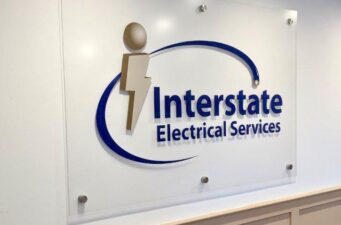
Featured Article MSA Featured in Signs of the Times Magazine! Metro Sign & Awning’s work at Arcadian Hotel was recently featured in this edition of Sign of the Times Magazine article by Debora Toth! This project included both exterior and interior signage. To check out more of MSA’s noteworthy signage, click here. Project Highlight Wall Graphics Package Another beautiful graphics package was recently installed, in collaboration with Selbert Perkins Design, at Mass General Brigham in Salem, NH. This project included 3 separate interior wall graphics that tell a story – all visible from the street outside. To view the full project wrap-up, click here. Project Highlight Interstate Electric We recently had the privilege of creating and installing various types of
Mixing It Up with Mixed Development
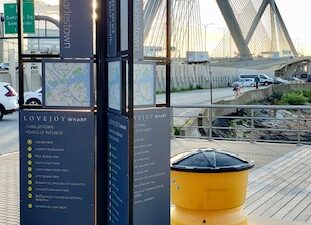
While the U.S. is seeing a definite increase in mixed-use developments, they’re actually not a new concept. In fact, according to Deloitte, mixed-use properties were strategies used about 50 years ago to rejuvenate urban areas. And as population density increases, real estate prices remain high and office occupancy remains low, mixed-use developments offer an attractive option for developers, companies, tenants, and residents. Live, Work, Shop, Play A trend that had been growing in popularity even prior to COVID-19, the pandemic accelerated the planning, design, and construction of mixed-use developments. In fact, in Boston alone, there are at least seven major mixed-use projects under construction right now. These properties empower residents and visitors to have more control in their choices and
World on the Move: Approaches to Transportation Hub Signage and Wayfinding
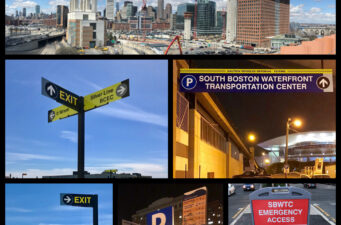
J.R.R. Tolkien said, “Not all those who wander are lost.” But in general, travelers prefer to know where they’re going. Whether an environment’s familiar or not, well designed signage helps ensure that only those who want to wander are free to do so — and everyone else can successfully find their way without getting lost. Wayfinding, or directional, signs serve four main purposes: Pointing people where they need to go. Identifying landmarks (rooms, concourses, wings, and other important features). Informing people about regulations and instructions a space requires them to follow. Defining the space, because transportation hubs are large, open spaces, and wayfinding branding helps define and bring consistency to the property. As with wayfinding signs used in other facilities like
Inside Metro Sign
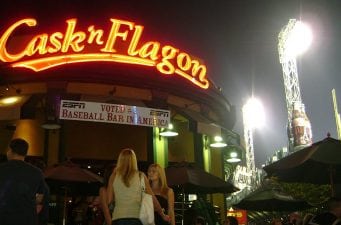
One of the easiest ways to get recognition is to put up a sign. We’ve all seen those iconic signs that garner instant attention: The Citgo Sign in Kenmore Square, Cask ‘n Flagon next to Fenway, McDonalds’ golden arches. Target’s bullseye. A quick glance at these signs tells us immediately what store we’ve found. But these globally recognized icons—like any sign, really—needed serious planning and strategy to work effectively. Most people—even smart businesses who hire a company like Metro—don’t realize all the steps involved with designing, building, and installing signage. Adding signs requires more than simply hanging a sign on an interior wall or erecting a sign on a pole outside. Developing a signage strategy, from conceptualization through installation, often
Restaurant Signage Enhances Dining and Profits
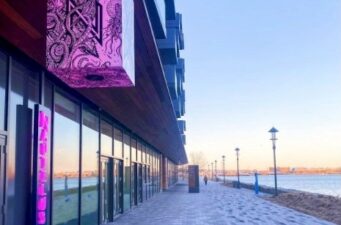
With warmer weather upon us, vaccination rates increasing, and restrictions lifting, people have been venturing out to visit their favorite restaurants in person. The pandemic hit the restaurant industry very hard — and while it’ll take time for the industry to recover from its 2020 losses, owners can take heart based on the results of a recent June survey conducted by Morning Consult: 70% feel safe eating at a restaurant, a 3% increase from the end of May 67% feel safe dining indoors 76% feel safe dining outside 59% indicated they’ll feel comfortable dining out by July Consumer excitement about eating out continues to grow and friends and family who’ve not seen each other in person for months look forward to connecting
Categories
- ADA
- Architectural Signage
- Awnings and Canopies
- Branding
- Colleges and Universities
- Community
- COVID-19
- Curated Content
- Customer Spotlight
- Customers
- Deep
- Design/Build
- Digest
- Digital Signage
- Eco-Signage
- Electronic Message Centers (EMC)
- Enclosures
- Exterior Signage
- Fabrication
- Freestanding Signs
- Fun
- Functional Signage
- Green
- How Much Does a Sign Cost
- Industries
- Inside Metro
- Interior Signage
- Legacy
- Legacy-EA 2.0
- Metro Sign
- Metro Sign & Awning
- New England Signs
- Newsletters
- Original Posts
- Others
- Partners-Developers-Contractors
- Professional Signage Installation
- Publications
- Residential Signage
- Sign Design
- Sign Renovation
- Sign Types
- Sign Warranty
- Signage Regulations
- Signage ROI
- Signage Tips
- Vehicle Wrap
- Wayfinding
- Window and Door Graphics
Recent Posts
Tags
Copyright 2022 MetroSign and Awning, All rights reserved | Privacy Statement | Terms of Use
